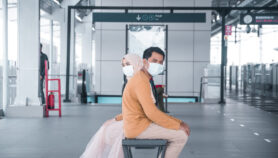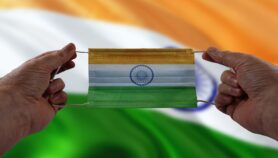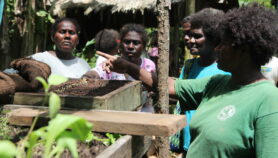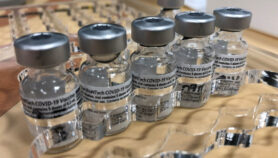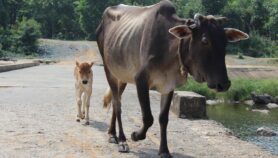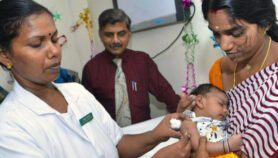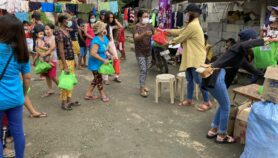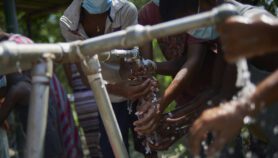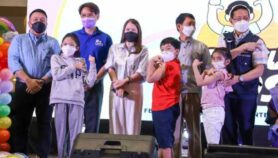30/03/20
Asia looks to technology to manage COVID-19 for older people
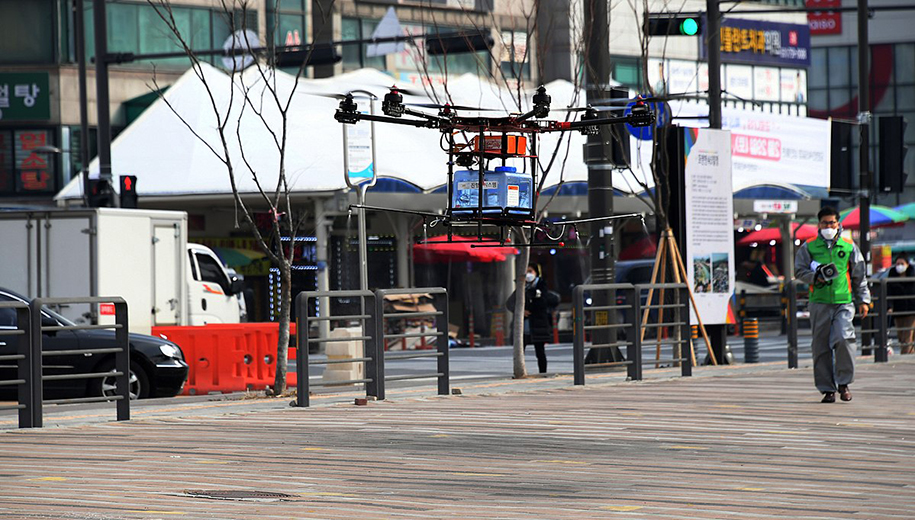
By: Crispin Maslog
Send to a friend
The details you provide on this page will not be used to send unsolicited email, and will not be sold to a 3rd party. See privacy policy.
In Asian societies, senior citizens occupy a place of privilege that is based mostly on culturally ingrained respect for old age or position in society.
This may translate to touching the back of the elder’s hand to the forehead by the young, a position at the head of the dinner table or being moved up in the line while awaiting one’s turn for service in a government office.
“When a pandemic strikes, the elderly are the most vulnerable and need the most help”
Crispin Maslog
Just this past week, however, I have realised unhappily that seniors like me also have priority position in relation to a new dreaded disease like COVID-19. This virus likes us. The World Health Organization (WHO) has said that older men seem to be especially susceptible to the virus. A WHO report has cited that the median age of people testing positive for this corona virus was about 45 years and approximately two-thirds were male. (1)
Older people most vulnerable
Early reports from China — where the outbreak started sometime December 2019 — suggested that senior adults were the most vulnerable to the disease.
According to one study published in the Journal of American Medical Association, researchers from the Chinese Center for Disease Control and Prevention studied 72,000 COVID-19 cases in mainland China. The case-fatality rate (CFR) was 2.3 per cent. While most cases were mild, the disease hit the elderly hard. Some 45 per cent of hospitalisations, 53 per cent of ICU admissions and 80 per cent of deaths involved seniors. (2)
Ordinarily, senior citizens in the US and Europe live alone at home or are in various degrees of dependence ranging from assisted living quarters to nursing homes. When a pandemic strikes, the elderly are the most vulnerable and need the most help. But because of insurance, high living standards and governments stepping in with assistance, pandemic victims can hope to survive.
In Asia, the picture is different. Most old folks live with their children and help raise their grandchildren, whom we call “apos” in the Philippines. We joke that this is our “apostolate” in life — taking care of our grandkids.
The problem is that the standard of living of the majority is still low despite years of economic growth. When a pandemic like COVID-19 strikes, the family is paralysed unless the government steps in. That is what is happening in the Philippines and in most of South Asia and South-East Asia right now.
When the Philippine government ordered a one-month lockdown (15 March to 14 April) on its biggest island of Luzon, with an estimated population of 60 million, including Manila with its 12.4 million people, the government had to intervene to help feed the people.
This lockdown means millions will be staying put in a city where many live-in slums. Some left their jobs in the city to go to their hometowns and provinces to stay with relatives for the next month or two in crowded rooms, subsidised by government with the equivalent of US$ 50—100 a month.
These families are forced to take along their elderly and care for them in crowded conditions. They live dangerously in the slums of Asia, COVID-19 or not. One set of data I looked at told me that about three in five Asians — from 21 per cent (Indonesia) to 55 per cent (Bangladesh and Cambodia) — live in crowded slums which are infested by rats, cockroaches and mosquitoes. (3)
With no health care insurance coverage their ordeal is just beginning.
Investing in science, education
Asian governments need to be imaginative to harness emerging technologies to help fight the coronavirus outbreak and help older people cope better.
As in China and Singapore, we can use robots to disinfect hospitals and health centres in the countryside and deliver medicine to COVID patients and medical supplies to remote areas. In South Korea, authorities are tracking potential carriers using cell phone-satellite location technology. Thai immigration authorities are using location data of those arriving in the country to keep track of foreign arrivals.
To help older people reduce the risk of exposure in hospital settings, systems should be put in place to make telemedicine or remote consultations work. A key here is to improve access to the Internet.
Asian governments should encourage universities and corporations to invest in health research and expedite innovations. Perhaps this is the time to start massive research on COVID-19 and other infectious diseases based on data collected during the pandemic and crunched with the help of supercomputers.
More importantly, governments should put in more resources toward improving health and educational systems and encourage students to take up courses in science, technology, engineering and math. It should make medical courses affordable and available to even the poorest sections of society.
It’s unfortunate that it takes a pandemic for governments to realise the value of their health workers and provide them with appropriate equipment to fight off a virus. For now, senior citizens in developing countries will have to put up with the shortcomings and hope for the best.
Crispin C. Maslog, former journalist with Agence France-Presse, is an environmental activist and former science journalism professor, Silliman University and University of the Philippines Los Baños, Philippines. He is a founding member and now Chair of the Board, Asian Media Information and Communication Centre, Manila.
This piece was produced by SciDev.Net’s Asia & Pacific desk.
References
1. WHO, Coronavirus disease 2019 (COVID-19) Situation Report – 51
2. Soucheray, Stephanie. Study of 72,000 COVID-19 patients finds 2.3% death rate, Center for Infectious Disease Research and Policy, Feb 24, 2020
3. Urban Poverty in Asia Study Prepared for the Asian Development Bank by: Om PrakashMathur National Institute of Urban Affairs, New Delhi


